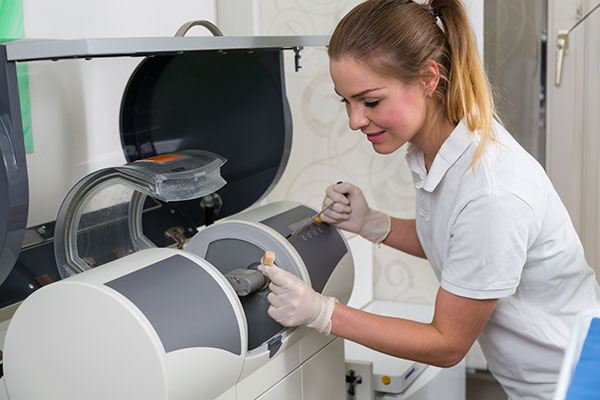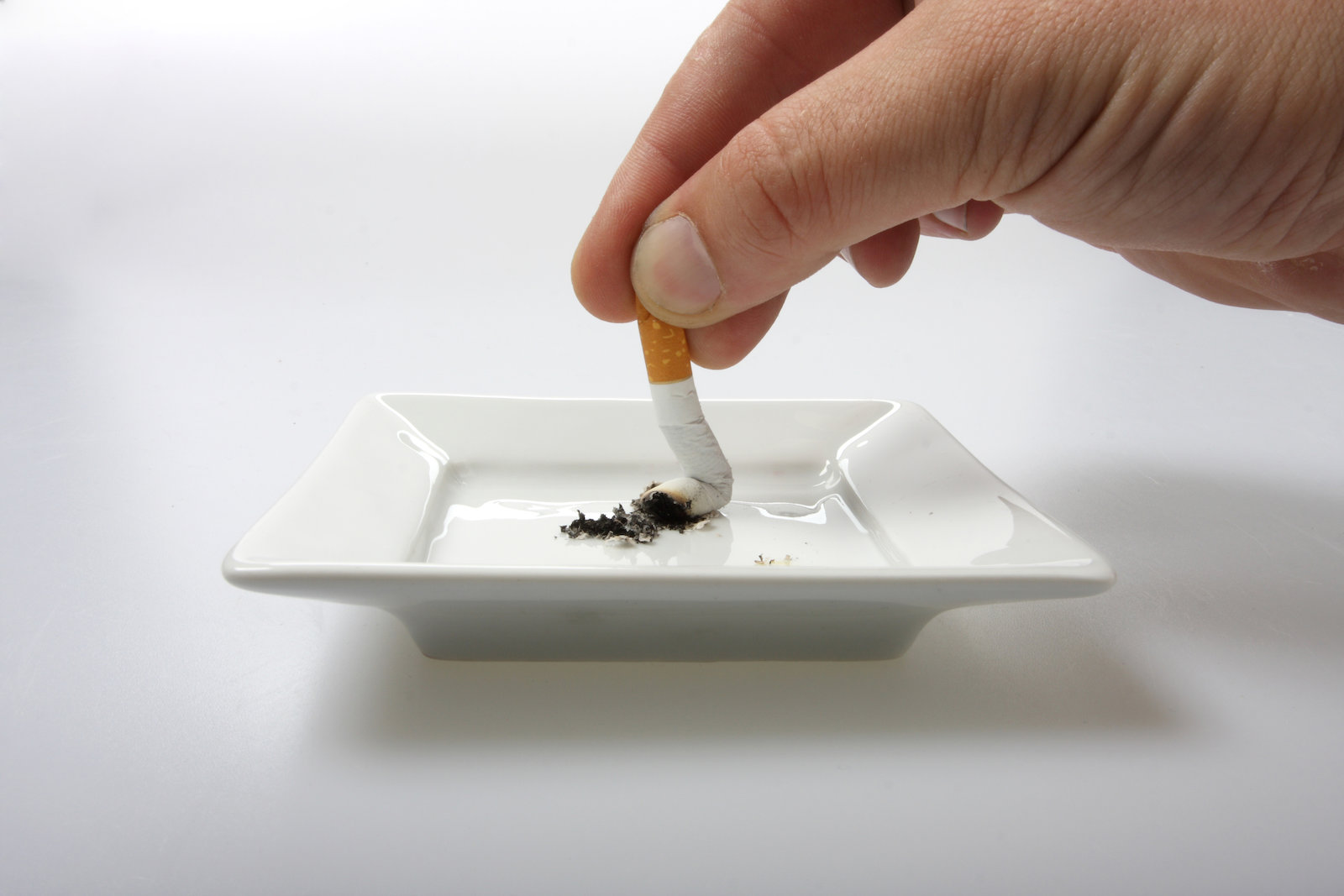How Long Will a CEREC® Dental Crown Last?

When receiving any cosmetic dental treatment, patients generally want to know that the results will last and if going with alternatives to traditional methods, such as CEREC® crowns, can impact durability. Sometimes a quicker and easier choice makes people think it is not as good, yet it can actually pay off just as much as the standard option.
Common questions about alternative crowns
Crowns can last for years to come, and understanding how your own habits play a role in ensuring their resilience is essential after getting one.
What are CEREC® crowns?
These are restorations that can be placed the same day a patient goes in for an evaluation for a crown. The dentist takes a highly accurate scan of the patient’s mouth, which then goes to a computer to create a digital impression. Once the impression has been okayed, a milling machine in the dentist’s office can create the new crown in a matter of minutes. The dentist can polish and match the crown to the patient’s teeth color, and then it is ready to place. CEREC® crowns are usually carved out of a chunk of ceramic or resin material.
How long does the crown last?
The durability of any crown depends heavily on a person’s oral hygiene and diet. They can be gradually worn down over time and may eventually need replacing, but the average lifespan of a crown can be an impressive 10-25 years.
What are advantages of same-day crowns?
Since a patient does not need to wait for an outside lab to produce the permanent crown, they do not need a temporary crown or a second appointment to receive the final crown. Cutting this can save money as well as time, but every person is different, and underlying health issues may change that.
How to maintain crowns
If a patient wants to make a crown last as long as possible, it is necessary to sustain certain habits and avoid others that could impact the crown’s resilience. Here are several ways to keep a crown for longer.
Kick bad habits
Some behaviors can directly wear down a crown. Biting nails or chewing on pencils and pens can weaken a crown and make it more susceptible to cracks and breaks.
Create healthy routines
Brushing teeth twice a day, flossing once a day and using mouthwash at least once a day can prevent the buildup of plaque and other debris crammed between teeth. Though a crown may be tough enough to withstand damage from food, any of the exposed natural tooth beneath it may not.
Use mouthguards
Using a mouthguard can prevent teeth from striking one another in impact sports. Grinding is another bad habit, but it can occur during sleep when a person is not aware of it. Wearing a night guard protects teeth from wearing down.
Conclusion
Crowns are one of the most common and important forms of cosmetic dentistry. Taking the time to care for them properly may keep you out of the dentist’s chair longer.
Are you considering CEREC® Crowns in the St George area? Get more information at https://www.stgeorgedentalcare.com.
Check out what others are saying about our services on Yelp: Read our Yelp reviews.
Recent Posts
At St. George Dental Care, we are committed to providing quality healthcare to families in Southern Utah. A crucial part of our mission is educating patients on how lifestyle choices impact their oral health. One of the most significant factors is smoking. Did you know that smokers are twice as likely to have periodontal disease…
A healthy smile is a vital part of your overall well-being, no matter your age. For seniors, maintaining good oral health can significantly impact quality of life, from enjoying your favorite foods to speaking and smiling with confidence. However, aging can bring unique dental challenges that require specific attention and care.Understanding these common issues is…
Vaping has surged in popularity over the last decade, often viewed as a safer alternative to traditional smoking. With their vibrant colors and enticing flavors, e-cigarettes have attracted millions of users. But as their use becomes more widespread, important questions about their long-term health effects arise. One of the most common concerns we hear as…
Winter brings crisp air, cozy sweaters, and for many, an unexpected jolt of pain when sipping hot cocoa or stepping outside. If you've ever winced from a sudden zing in your teeth during the colder months, you're not alone. Winter tooth sensitivity affects millions of people and can turn simple pleasures into uncomfortable experiences.The good…


